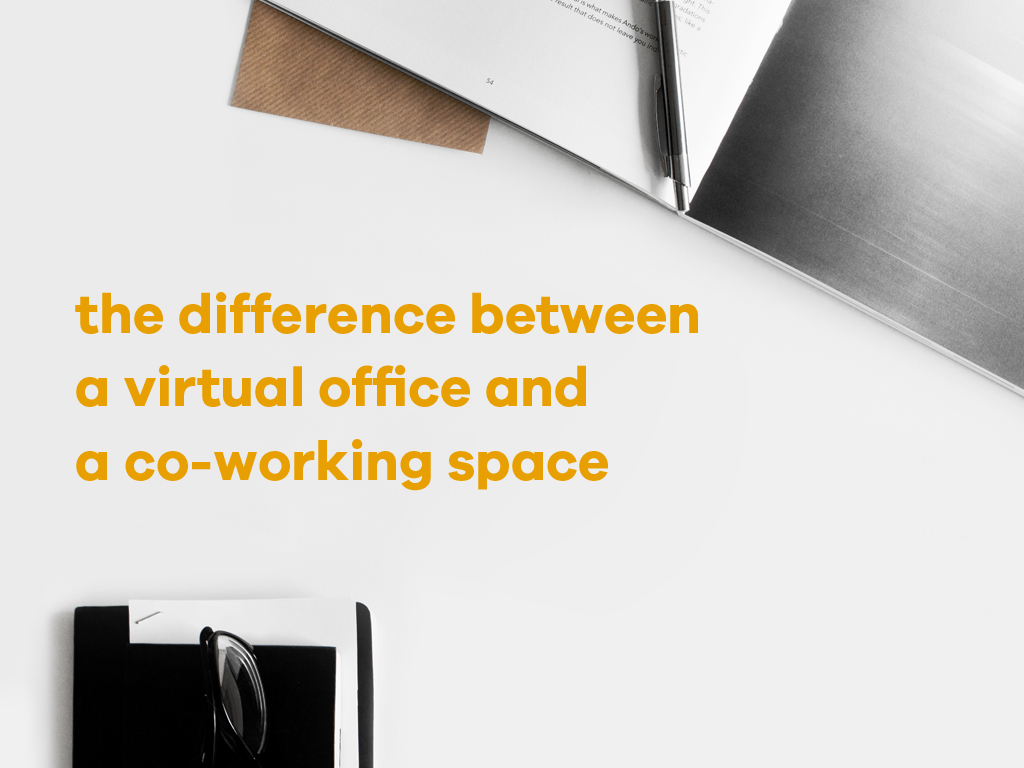The Difference between a Virtual Office and a Co-working Space

In 2015, CNN reported that working individuals in Manila spent the most time commuting from home to the office, with a recorded average time of 45.5 minutes. That’s an average of 91 minutes in a day spent in a car or public transportation. 91 minutes that an employee could have used to spend more time with their family or more time resting.
Thankfully, recent trends in the business world have made it possible for our local professionals to work instead in a virtual office in Manila, or any part of the world for that matter. Along with virtual offices also came coworking spaces, both of which offer plenty of benefits other than reducing commute time. While these two terms are closely related, they do not have similar meanings and shouldn’t be interchanged. Here’s why:

Virtual Office
A virtual office allows all involved parties to work from any location as long as there’s internet connection. Communication, work dissemination, and file exchange are done using laptops, desktops, tablets, or even mobile phones. Ergo, it renders a physical office where employees come to work at a set schedule unnecessary. This makes virtual offices perfect for start-up companies that are looking for ways to build their business without having to shell out for large overhead costs, as business owners won’t need to spend thousands on hardware, renting an office space, association dues, utilities, and cleaning services. Building a business is a huge commitment, and lower costs mean lower risks. It also means a better profit margin.
With a virtual office, the company can run wherever its employees are. Time and energy will be spent on achieving goals rather than long commutes! In terms of recruitment, there is a broader pool of prospects to choose from as potential employees are no longer limited to those within a few miles from a physical office. Physical space will no longer restrict expansion; hiring more people over time is more feasible without the hassle of moving to a bigger office.
Another advantage is flexibility. Some individuals find it difficult to be productive in an office where their every move is monitored. Working with a virtual office gives remote workers more freedom to do their job in the manner that is most suitable for them. Hungry? No need to wait for lunchtime, just get up and grab anything from the refrigerator. Tired? Take a ten-minute nap (without being judged) and wake up refreshed. Uninspired? Take a long walk outside and come back brimming with ideas. Work-life balance likewise suddenly becomes easier to achieve! Remote workers are evaluated based on their output and ability to meet deadlines rather than other factors, allowing for enhanced productivity.
Virtual offices are also much better for the environment than having a physical office space as it greatly reduces fuel consumption and paper waste. Working face to face can be great, but these benefits of having a virtual office are in many ways even better.

Coworking Spaces
Basing off the previous points, remote workers seem to have a wonderful life. Projects are both assigned and passed online, so leaving the house is no longer mandatory. No need to brave through the constant traffic on the roads. No struggle of making decisions as to what to wear on a daily basis. Perfect, right?
Reality check: it does get lonely. Not to mention, regularly working at the very place where you sleep, eat, and spend your leisure time (a.k.a. at home) can eventually put one in a very unproductive mood. There’s also the possibility of being tempted (or asked) to do household chores! No matter how disciplined an employee is, it can get difficult to focus when working at home.
Co-working spaces are the perfect solution to that. These are office environments that can be shared by multiple individuals, usually those who work independently. Working individuals can come in any day without being restricted to a work schedule. And because truly great coworking spaces offer more than the basics of a work space, rates generally include free Wi-Fi access, free-flowing coffee and water, and of course electricity. Some even have facilities such as conference rooms that a team can rent out for meetings.
Perhaps the biggest benefit of a coworking space is eliminating the feeling of being alone while providing a productive environment. After all, being in a coworking space gives professionals a sense of belonging and the opportunity to grow your network while on the job. People, who meet in coworking spaces, can become very valuable professional (or even personal) contacts. Anyone stumped on a certain part of a project is also more likely to find a fellow independent worker willing to weigh in and share their opinions and suggestions.
Those who prefer to be left alone are welcome as well. Coworking spaces allow anyone to focus on their work while being immersed in an office environment. Nobody is forced to mingle, but it’s still important to feel like part of a community. Rather than working in a noisy cafe, where one might get glares from other customers for hogging a table for hours, choosing a coworking space is definitely the best way to go.






One Reply to “The Difference between a Virtual Office and a Co-working Space”
Comments are closed.